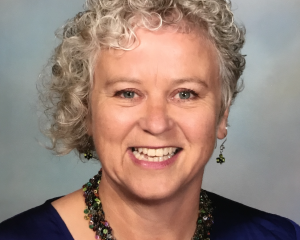A range of more risky and uncertain movements of species for conservation will need to be considered if the continued loss of biodiversity globally is to be reversed, Dunedin zoology Prof Phil Seddon says.
Traditional approaches, such as locking species away, were not going to be enough but, for a more risky approach to work, the public had to be right behind it, Prof Seddon, of the University of Otago, said.
''The big challenge is we can't go back to the past. How do we incorporate wildlife and human needs in the same type of landscape?''He was commenting following the release today of a review article he and a group of scientists wrote for journal Science as part of a special section on vanishing fauna.
The movement of species into areas outside their range for conservation worried people because of its terrible history, such as the introduction of rabbits, stoats and weasels to New Zealand, Prof Seddon said.
While New Zealand had been moving species for many years by translocating flightless birds such as the kakapo to offshore islands, assisted colonisation had only become more prevalent internationally in the past five years.
Another approach, but more risky, was moving a species into an environment to replace an extinct species's important role in an ecosystem.
''That hasn't been done so much in New Zealand.''
That concept was part of a transition away from a single-species focus to a whole-environment focus, he said.
''It makes more sense, as the species has to sit among other species ...it is managing the whole ecosystem.''
However, New Zealand - in particular Otago - was more than halfway there as there was already a strong affinity with the natural world and wild places.
''We should be seeking wildness, not wilderness. The ideal does not exist but we are lucky in New Zealand that we are not far removed from it.
''But that could disappear really fast as more people live in cities than anywhere else.''
Otago had a very good base to work from, with projects such as the aim of making Otago Peninsula pest-free.
''It's wonderful. It could be a place where humankind can live, with wild species back in it.''
There were already species returning to the coast, such as sea lions and penguins, but people had to be careful not to spoil that in the drive for growth and development.
''It's harder to restore stuff than keep it.''
Orokonui Ecosanctuary also had a really important part to play, as each generation grew up in a more impoverished environment and did not know what it was missing.
''Orokonui is a chance to reset expectations of the natural world around them and what it should look like.''
It would help people understand, appreciate and look after the environment, he said.
''Reintroductions or translocations have a real social role and there is increasing evidence of good human health outcomes from interactions with nature.''











